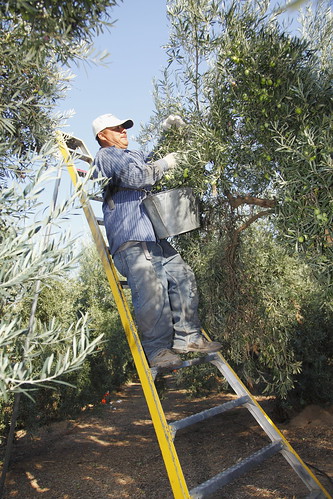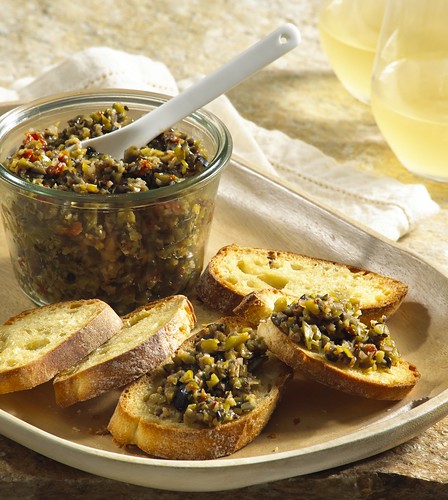
Each industry has its own recipe for success. For the ripe olive industry, the recipe for success includes many ingredients. This includes a commitment to consistency, marketing, and research. These factors help the nearly 1,000 family farms from California supply 95 percent of the ripe olives grown in the U.S.
The USDA’s Agricultural Marketing Service (AMS) provides the ripe olive industry many of the ingredients for its success. One of the ways we do this is by overseeing the federal marketing order for olives grown in California, which is administered locally by the California Olive Committee. Federal marketing orders and agreements are requested by various groups in the U.S. produce industry to help growers and handlers within a geographic region to overcome marketing barriers and increase awareness of the commodity. Industry groups get together to decide the tools needed to support the commercial and financial success of the businesses in the industry.
Whether it was wearing and eating olive rings as children or using them later on when making a tapenade spread, olive lovers always have the same fond memories. A good reason for this is because the California olive marketing order provides standards for cans of ripe olives. The olive standards specify that USDA employees inspect canned, ripe olives to ensure consumers enjoy the same eating experience, can after can, no matter what form the olives take – whole, pitted, sliced, wedged, or chopped.

One of the ways that the industry maintains this consistency is through the help of the marketing order’s Section 8e requirement. This requires imports of olives and other select commodities to meet the same or comparable grade, size, quality, and maturity requirements as commodities produced within the United States. “The Section 8e requirement has really helped our industry,” said California Olive Committee Executive Director Alexander Ott. “It levels the playing field for our growers and handlers in California but it also ensures consumers are eating quality olives – a win for all.”
The U.S. olive industry uses the order’s marketing and research provisions in a number of ways. Olive lovers can visit the California Olive Committee’s website to find a wealth of information that includes delicious recipes, cooking tips, videos, and much more. The industry has conducted a number of production and marketing research projects which not only improve olive production, but help find new marketing opportunities for California olives.
Looking to the future, the California olive industry will use the marketing order to continue many of these successful ventures. Through its revamped strategic plan, the industry is ready to focus on improving standards and enforcement, research, exports, marketing and education, and improving industry relations. The industry will look to continue its large contribution to the local community’s economy. A 2011 economic impact study suggested that the California ripe olive industry creates about 3,555 jobs as result of their spending, and the multiplier effect positively impacts a variety of farming and non-farming economic sectors.
AMS is proud to oversee our fruit and vegetable marketing order boards and committees as they help their industries overcome marketing barriers. We encourage you to visit our Marketing Order and Agreement site to see how these groups are making a difference in communities across the country.

